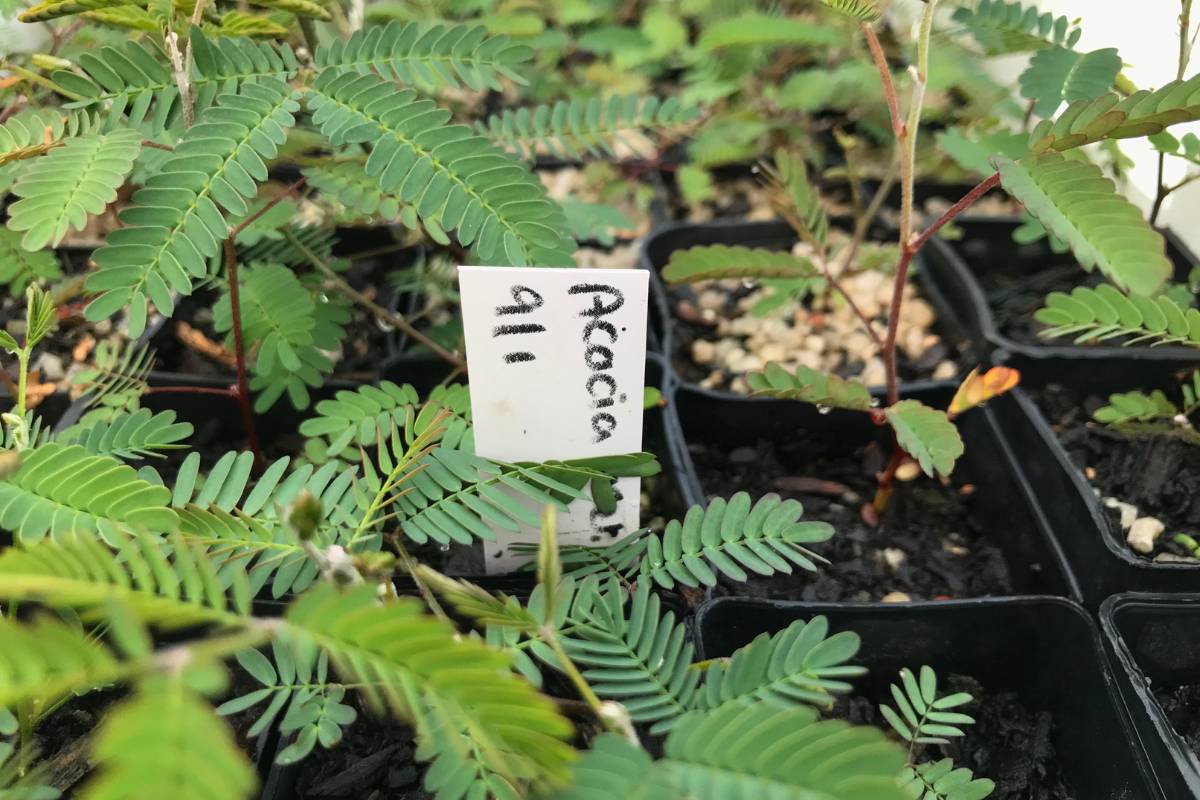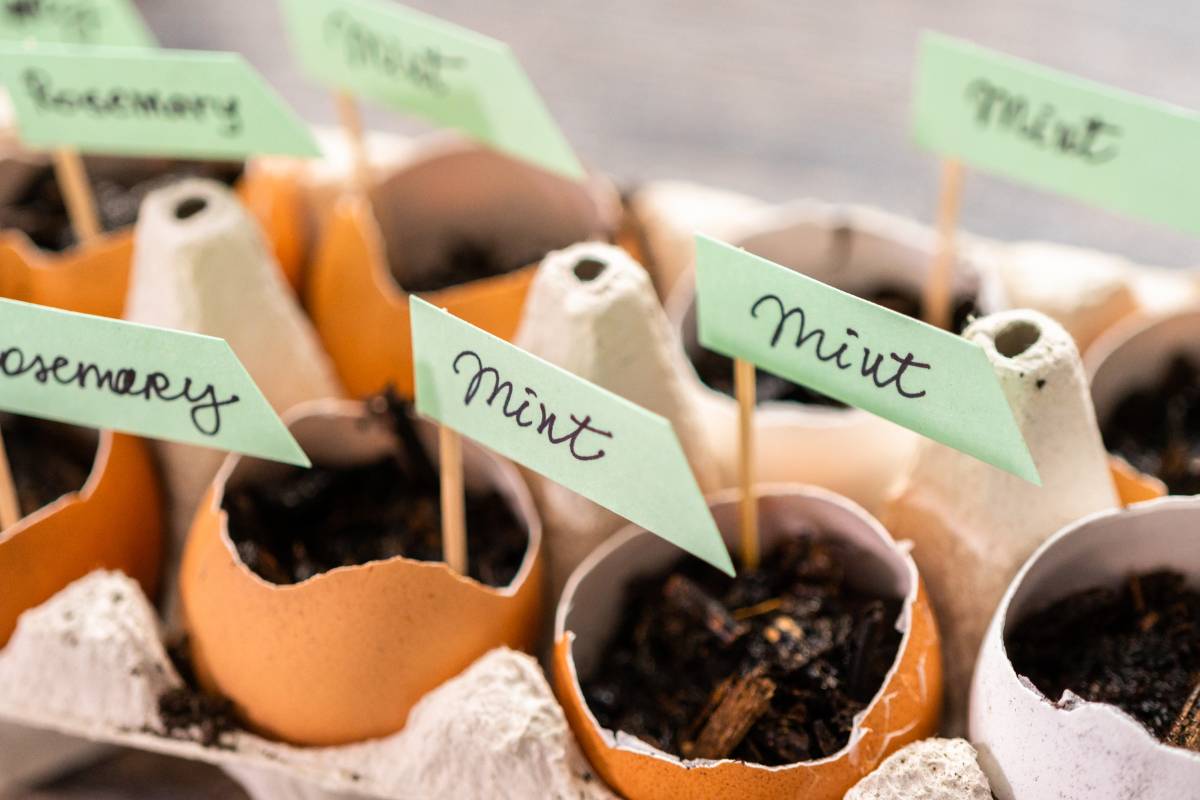Many's the gardener who, filled with confidence, has said to themselves 'Of course I'll remember what I sowed in that punnet' only to suffer from temporary memory loss once the seeds have sprouted.
Plant labels serve a practical purpose of helping gardeners to keep track of their plants. But they can also add personality and charm to any garden space. While there are numerous options for purchased labels, making your own can be both thrifty and fun.
Labels can be simple, functional and temporary, or elaborate and unique expressions of your creativity. Either way, using upcycled materials makes sense from both cost and environmental viewpoints. Here are some ideas to help you create labels that are both functional and decorative.
Temporary Labels
When labelling seedling trays or punnets a temporary label is all that’s needed. While it’s convenient to buy plastic labels, there are plenty of easy to make upcycled labels, many of which are free.
The simplest option is to cut up plastic yoghurt, margarine or milk containers into label-sized strips large enough to write the plant name and date planted. You can also write on pegs and attach them to punnets or trays, label and reuse plastic or bamboo cutlery or cut up old venetian blinds to make simple labels. For slightly more effort, add a decorative element by attaching skewers to old corks or writing on the inside of jar lids and glueing them to skewers or mini stakes.
For a nature-inspired fully compostable label, scrape the bark off one end of a small branch to make a flat space to write plant names. You can also use wood slices, either with a hole drilled so they can be hung from a wire or twig, or attached to an icypole stick or skewer and inserted into the soil.
Whatever option you choose, make sure you use a pencil or good quality waterproof marker to write on the labels. This will ensure that they don’t smudge or wash away in the sun or rain. Recording the plant name is the absolute minimum, but the date planted and seed supplier can also be added for a more complete planting record.
Permanent Labels
If you want to add a little more personality to your garden, decorative labels are the way to go.
For larger plants such as fruit trees or shrubs, plant names can be painted on old bricks, broken terracotta pots, wooden spoons, beer stubbies or old glassware. For a smaller label, smooth pebbles can be painted and placed at the base of plants. Sea shells also make good moveable markers that can be painted or written on with a good quality all-surface marker.
For more sophisticated labels that are suitable to give as gifts, use air dry clay or 3D printing to make unique label designs. Blackboard paint and chalk markers or paint pens are another easy option, either on wooden stakes or fancier wood craft shapes. Old spoons marked with metal letter stamps and miniature terracotta pots suspended on top of stakes are other fun ideas.
Homemade plant labels are not only practical, they also add personality and charm to your garden. Whether you repurpose items you already have lying around your house or garden or take a more professional approach, DIY labels also make great gifts for fellow gardeners. So get creative, have fun, and let your personality shine through in your garden.









